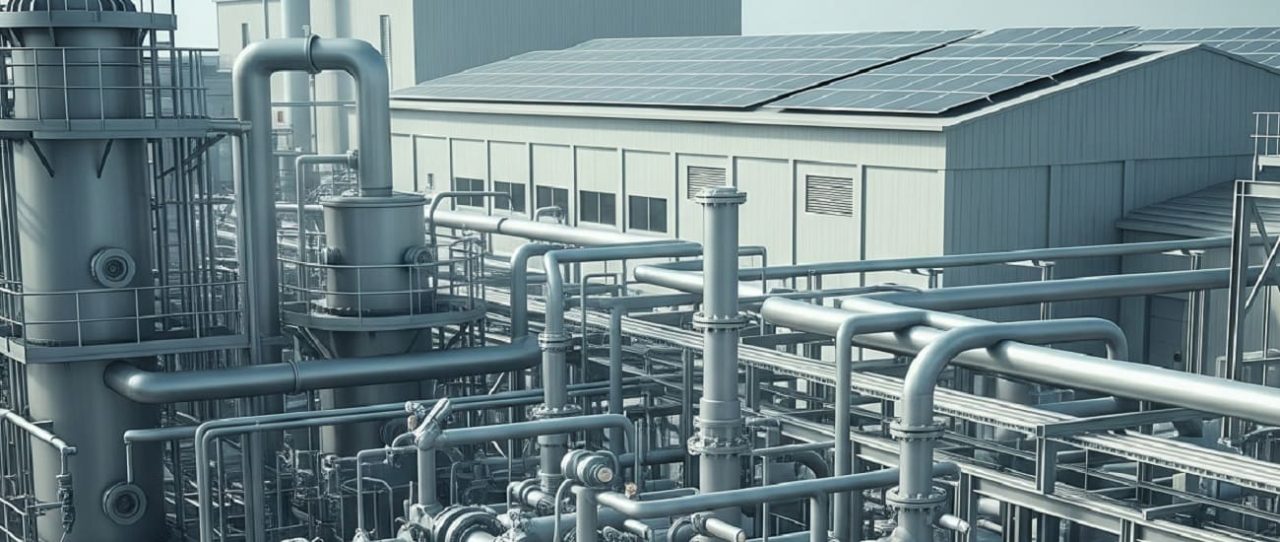
Electrochemical reduction of CO₂: scientific innovation
Electrochemical reduction of CO₂ offers one promising strategy in the fight against climate change. Rather than capturing and storing carbon dioxide, this technology converts the greenhouse gas into high-value industrial feedstocks such as carbon monoxide, ethylene, ethanol and formic acid. These compounds can also serve as fuels, closing the carbon cycle and supporting both decarbonization and a circular economy.
A research team at Rice University developed a solution to one of the biggest obstacles in electrochemical reduction of CO₂, the rapid performance decay caused by salt buildup that clogs gas-flow channels in the devices. Using a technique that employs “acid bubbles,” the researchers extended the operating life of a CO₂ reduction system by more than 50 times, demonstrating over 4,500 hours of stable operation in a large-scale reactor.
The durability challenge for sustainability
The result, published in Science, could represent a decisive breakthrough toward the commercialization of CO₂RR technology, extending reactor operating times from a few hours to several months without loss of efficiency. For these systems to be truly sustainable and competitive, they must deliver reliability and low operating costs over long periods. Until now, salt formation in reaction channels compromised the lifespan and stability of electrolyzers, making frequent maintenance and large-scale deployment prohibitively expensive.
The acid humidification method eliminates blockage issues at their source and enables continuous operation without efficiency losses or costly corrective measures, cutting both the environmental impact of maintenance and replacements and long-term costs, and promoting carbon neutral industrial chemistry in which carbon is no longer viewed as waste to be confined but as a resource to be harnessed.
Enabling renewables and energy storage
The team adopted a surprising strategy: rather than using water vapor to humidify the incoming CO₂ stream, they passed the gas through an acidic solution. The salts formed with these acids are much more soluble than potassium bicarbonate, preventing crystallization and channel blockages.
Electrochemical reduction of CO₂ is particularly effective when powered by renewable energy. The products generated, such as hydrocarbons or formic acid, serve as true energy carriers, useful for storing and transporting solar or wind energy in the form of stable chemical bonds. The stability ensured by the new method therefore makes integration of these technologies into renewable energy storage systems and the sustainable production of fuels and chemicals more feasible.
“Our method addresses a historic barrier with a low-cost, easily implementable solution. It is a step toward the real sustainability and commercialization of CO₂ valorization technologies,” stressed Ahmad Elgazzar, co-lead author of the study.